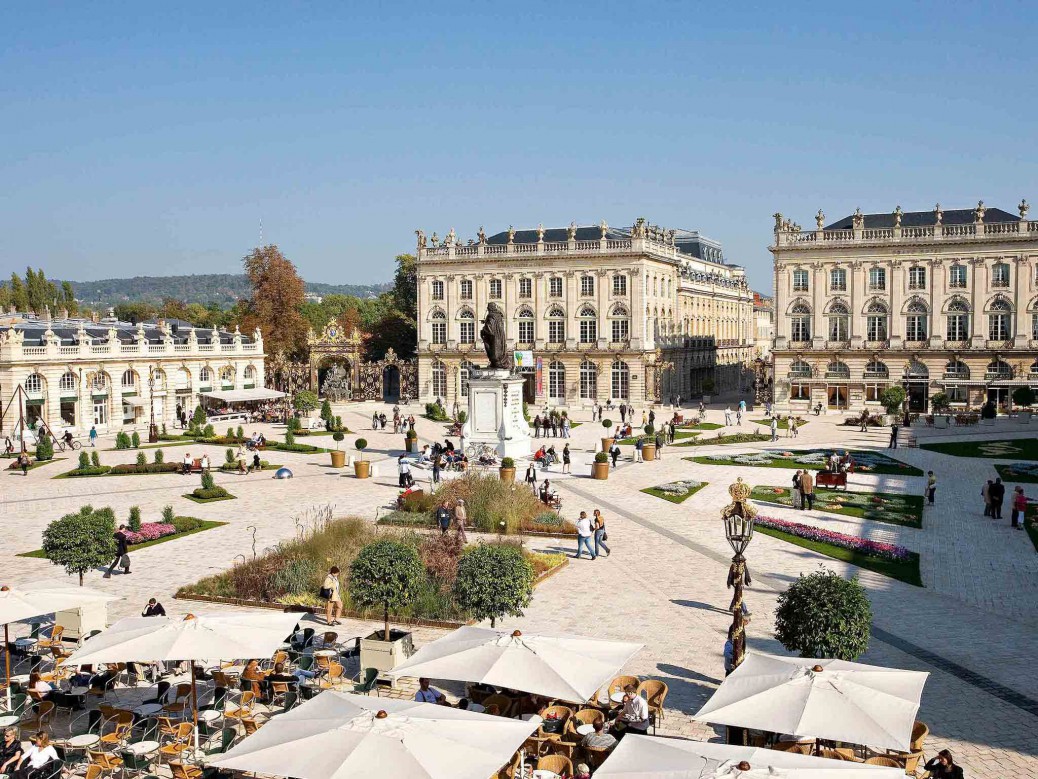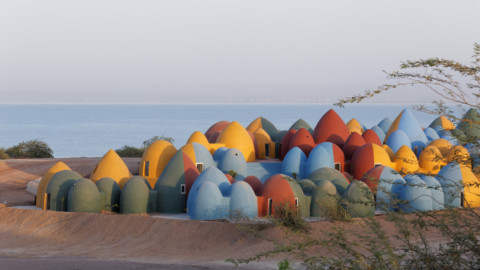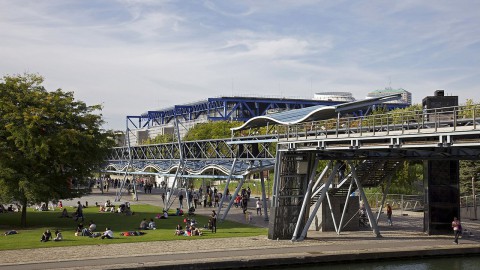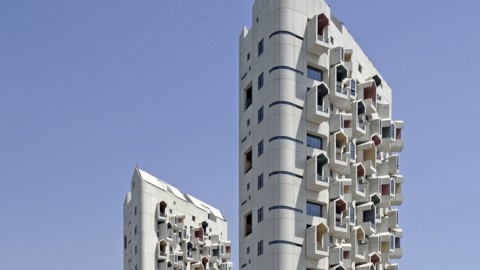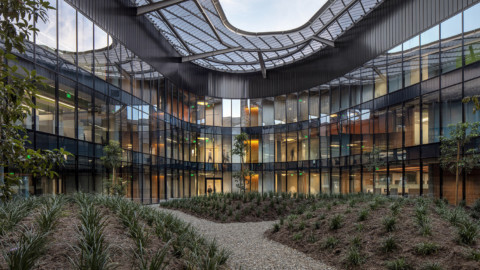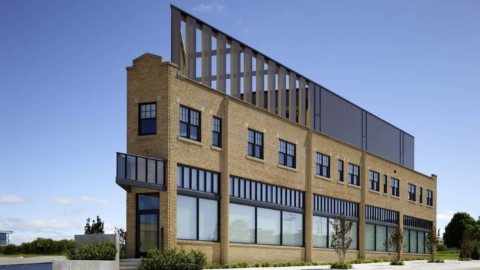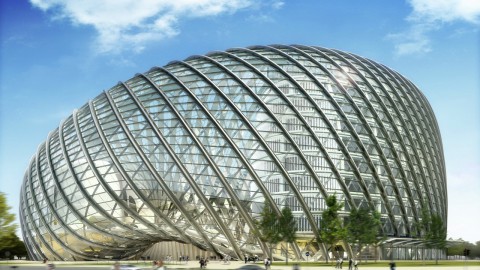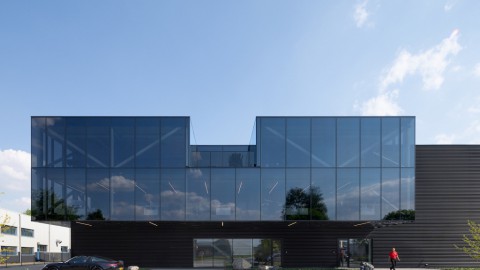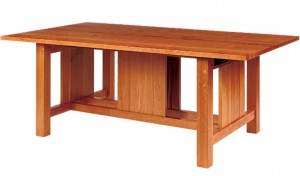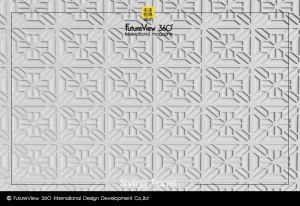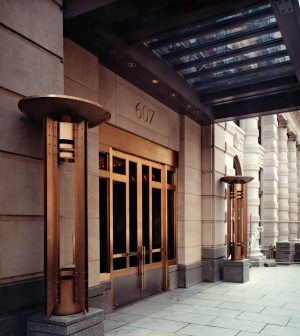Place Stanislas 斯坦尼斯拉斯廣場
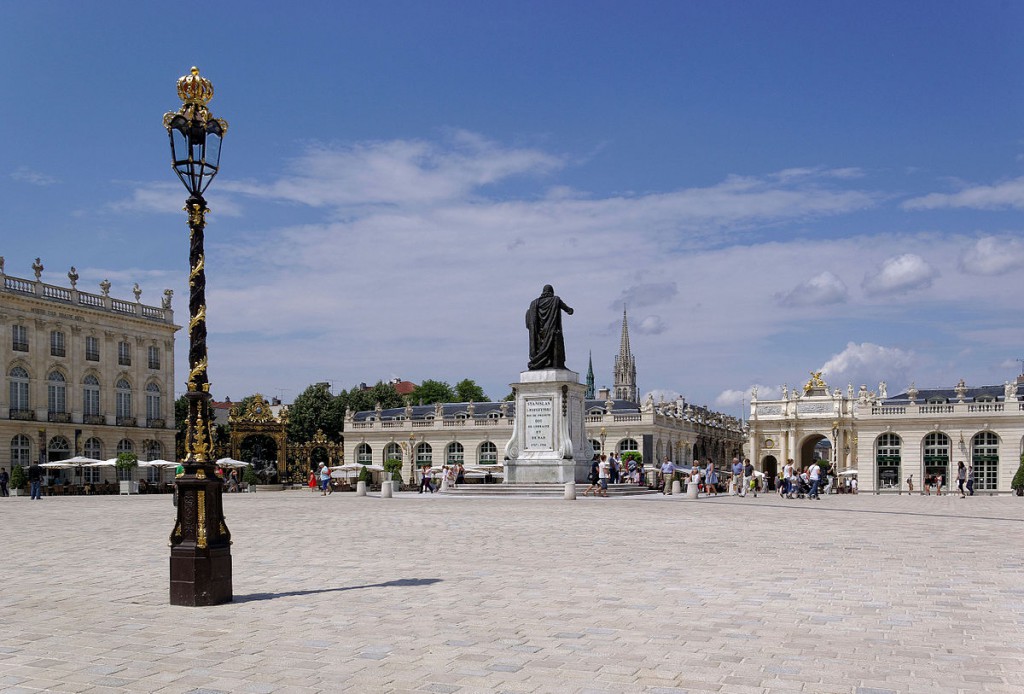
The Place Stanislas is a large pedestrianised square in the French city of Nancy, in the Lorraine region. Since 1983, the architectural ensemble comprising the Place Stanislas, the extension of its axis, the Place de la Carrière, and the Place d’Alliance, has been on the list of UNESCO World Heritage Sites.
斯坦尼斯拉斯廣場(Place Stanislas)是位於洛林(Lorraine)地區法國南希(Nancy)的一個大型步行廣場。 自1983年以來,包括斯坦尼斯拉斯廣場,其軸線延伸,卡里埃爾廣場和聯盟廣場在內的建築群已被列入聯合國教科文組織世界遺產名錄。
Location:Nancy, Lorraine, Grand Est, France
Part of:Place Stanislas, Place de la Carrière [fr] and Place d’Alliance [fr] in Nancy
Criteria:Cultural: (i), (iv)
Reference:229bis
Inscription:1983 (7th Session)
Extensions:2016
Area:7 ha (17 acres)
Buffer zone:159 ha (390 acres)
Coordinates:48°41′37″N 6°10′59″E
地點:Nancy,Lorraine,Grand Est,法國
部分:Place Stanislas,Place delaCarrière[fr]和Place d’Alliance [fr] in Nancy
標準:文化:(i),(iv)
參考:229bis
銘文:1983年(第7屆)
擴展2016
面積:7公頃(17英畝)
緩衝區:159公頃(390英畝)
坐標:48°41’37“N 6°10’59”E
History
Background
After the War of the Polish Succession in 1737, the Duchy of Upper Lorraine, of which Nancy was the capital, was given to Stanisław I Leszczyński, former Ruler of Polish-Lithuanian Commonwealth and father-in-law to King Louis XV of France. An earlier ruler, Leopold, Duke of Lorraine, had undertaken much reconstruction in Lorraine, which had been ravaged by a series of wars. He had recruited numerous artists and architects for this work, including Germain Boffrand, who trained Emmanuel Héré. Hence, Stanisław found a pool of talent and experience to draw from on his arrival.
歷史
背景
在1737年波蘭王位繼承戰爭之後,南希公國(其中南希是首都)被交給了波蘭立陶宛聯邦的前統治者StanisławILeszczyński和法國國王路易十五的岳父。早期的統治者,洛林公爵利奧波德,已經在洛林進行了大量的重建工作,洛林曾遭受過一系列戰爭的蹂躪。他為這項工作招募了無數藝術家和建築師,包括培訓EmmanuelHéré的Germain Boffrand。因此,斯坦尼斯瓦夫在他的到來時找到了一批人才和經驗。
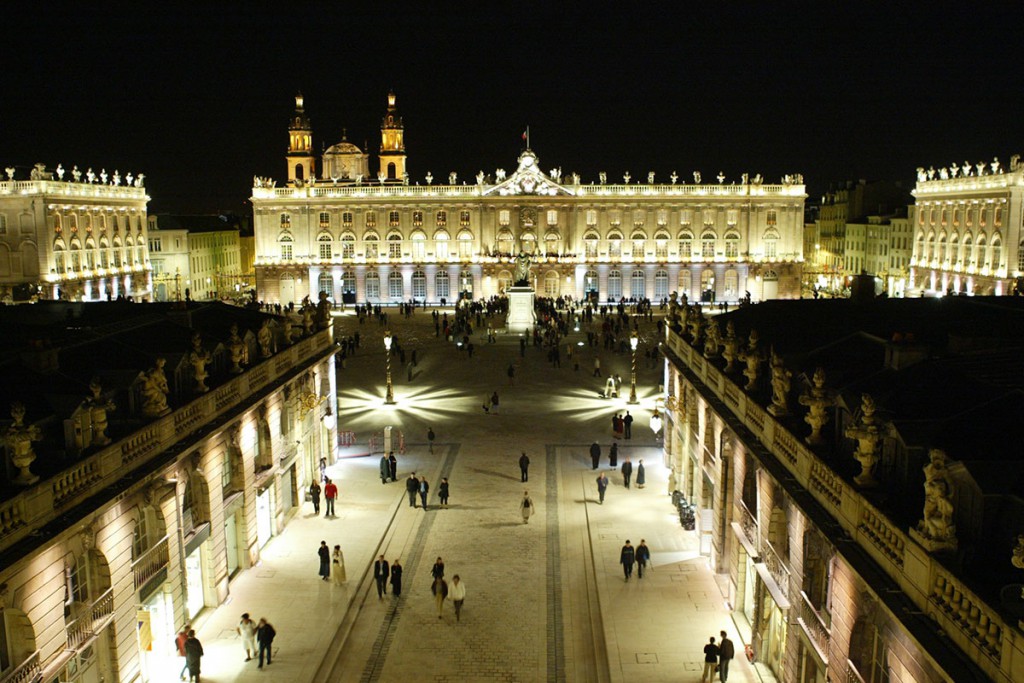
Design and construction
The square was a major project in urban planning, conceived by Stanisław I as a way to link the medieval old town of Nancy and the “new” town built in the 17th century under Charles III, Duke of Lorraine. The square was also intended as a place royale to honour Stanisław’s son-in-law, Louis XV. The design created a large urban square or place that linked two handsome existing buildings: the Hôtel de Ville (city hall, now centred on its grand square) and the Hôtel du Gouvernement, the seat of the duchy. The seat of city government and the seat of Ducal government[3] thus faced each other as complements through a series of rational, symmetrical but varied urban spaces, unequalled in Europe at the time.
The square and the surrounding buildings, unified by their colossal orders, were designed by the royal architect Emmanuel Héré de Corny (1705–1763). Construction began in March 1752, and ended in November 1755. Barthélémy Guibal and Paul-Louis Cyfflé created a bronze statue of Louis XV that was erected in the center of the square. It was removed during the iconoclasm of the Revolution, when it was replaced with a simple winged figure. The square was renamed ‘Place du Peuple’, and later ‘Place Napoléon’.
In 1831, a bronze statue of Stanisław (Stanislas in French) was placed in the middle of the square; since then it has been known as the ‘Place Stanislas’.
The square has always been used for public assemblies and festivities. It has undergone several makeovers in its history and, in a low period of appreciation, served as a car parking area for nearly a quarter of a century, between 1958 and 1983.
The city has since reserved it for pedestrian use. In 2004 and 2005, the city undertook a massive restoration of the square, based on the original 18th-century plans. The ten-month project cost approximately 9 million euros. It was financed by a combination of city and local, regional, national and private funds. The inauguration of the new Place Stanislas, in May 2005, coincided with the square’s 250th anniversary.
設計和施工
該廣場是城市規劃的一個重要項目,由斯坦尼斯瓦夫一世設想,將中世紀的南希老城與17世紀建造的洛林公爵查理三世的“新”城鎮連接起來。這個廣場也是作為紀念斯坦尼斯瓦夫的女婿路易十五的地方。該設計創造了一個大型城市廣場或地方,連接了兩座漂亮的現有建築:HôteldeVille(市政廳,現在以其廣場為中心)和公爵的座位HôtelduGouvernement。因此,市政府所在地和公爵政府所在地[3]通過一系列理性,對稱但多變的城市空間相互面對,這在當時歐洲是無與倫比的。
廣場和周圍建築由巨大的訂單統一,由皇家建築師EmmanuelHérédeCorny(1705-1763)設計。建於1752年3月,並於1755年11月結束.BarthélémyGuibal和Paul-LouisCyfflé在廣場中心豎立了一座路易十五的青銅雕像。它在革命的破壞期間被移除,當時它被一個簡單的有翼人物所取代。廣場更名為’Place du Peuple’,後來改名為’拿破崙廣場’。
1831年,斯坦尼斯瓦夫(法國斯坦尼斯拉斯)的青銅雕像被放置在廣場的中間;從那以後它被稱為’Place Stanislas’。
廣場一直用於公共集會和慶祝活動。它在歷史上經歷了多次改造,並且在低升值期間,在1958年至1983年之間的近四分之一世紀中作為停車場。
從那以後,這個城市一直保留給行人使用。在2004年和2005年,該城市根據最初的18世紀計劃對該廣場進行了大規模修復。這個為期十個月的項目耗資約900萬歐元。它的資金來自城市和地方,區域,國家和私人基金。 2005年5月新廣場斯坦尼斯拉斯的落成典禮恰逢廣場誕辰250週年。

Description
The Place Stanislas is 125 metre long and 106 metre wide. It is paved with light ochre stones, with two lines of darker stones forming a diagonal cross motif. The square is surrounded by an architecturally harmonious ensemble of buildings, most notably these:
– The City Hall (Hôtel de Ville) of Nancy, which occupies the entire south side of the square, with the prefectural office of Meurthe-et-Moselle at the south-east corner;
– To the east, the Opera house (formerly the Bishop’s Palace) and the Grand Hôtel (originally the Hôtel de la Reine, actually occupied by the Intendant Alliot);
– To the west, the Fine Arts Museum (originally the Collège de médecine) and the Pavillon Jacquet (originally a commercial/residential building, now mostly offices);
– On the north side, the buildings were kept lower for defensive purposes (to permit crossfire between the Vaudemont and the Haussonville bastions).
描述
斯坦尼斯拉斯廣場長125米,寬106米。它舖有淺赭石,兩條深色寶石形成對角線交叉圖案。廣場周圍是建築和諧的建築群,其中最引人注目的是:
– 南希的市政廳(HôteldeVille)佔據了廣場的整個南側,東南角是Meurthe-et-Moselle的縣政府辦公室;
– 東邊是歌劇院(以前是主教宮殿)和大酒店(最初是Hôteldela Reine,實際上是由Alliot Alliot佔據);
– 西面是美術博物館(原名為Collègedemédecine)和Pavillon Jacquet(最初是商業/住宅樓,現在大多是辦公室);
– 在北側,為了防禦目的,建築物被保持在較低位置(允許Vaudemont和Haussonville堡壘之間的交火)。

An arc de triomphe, by Emmanuel Héré, stands in the centre of the fourth side, leading to the adjoining Place de la Carrière, where the main axis is developed as a double avenue of trees, with symmetrical buildings facing each other down its length.
The far end is defined by the hemi-cycles of colonnades that enclose the sides and are carried across the pre-existing façade of the Palais du Gouvernement.
The four corners and the west and east sides of the square feature gilded wrought iron gates and lanterns, created by Jean Lamour (1698–1771); who was also responsible for the wrought iron balustrade on the main staircase in the Hôtel de Ville, and the balcony across the centre of its main façade. The north-west and north-east corners also feature ornate fountains designed by Barthélémy Guibal (1699–1757). Because of these gates, Nancy is nicknamed City with Golden Gates (Ville aux Portes d’Or).
由EmmanuelHéré設計的凱旋門位於第四側的中心,通往毗鄰的Carrière廣場,主軸線是一條雙重大道的樹木,對稱的建築物沿著它的長度彼此相對。
遠端由圍繞兩側的柱廊的半週期定義,並且穿過Palais du Gouvernement的預先存在的立面。
廣場的四個角落以及西側和東側都有鍍金的鍛鐵大門和燈籠,由Jean Lamour(1698-1771)創作;誰也負責HôteldeVille主樓梯上的鍛鐵欄杆,以及橫跨主立面中心的陽台。西北和東北角也有BarthélémyGuibal(1699-1757)設計的華麗噴泉。由於這些大門,南希被稱為金門城市(Ville aux Portes d’Or)。
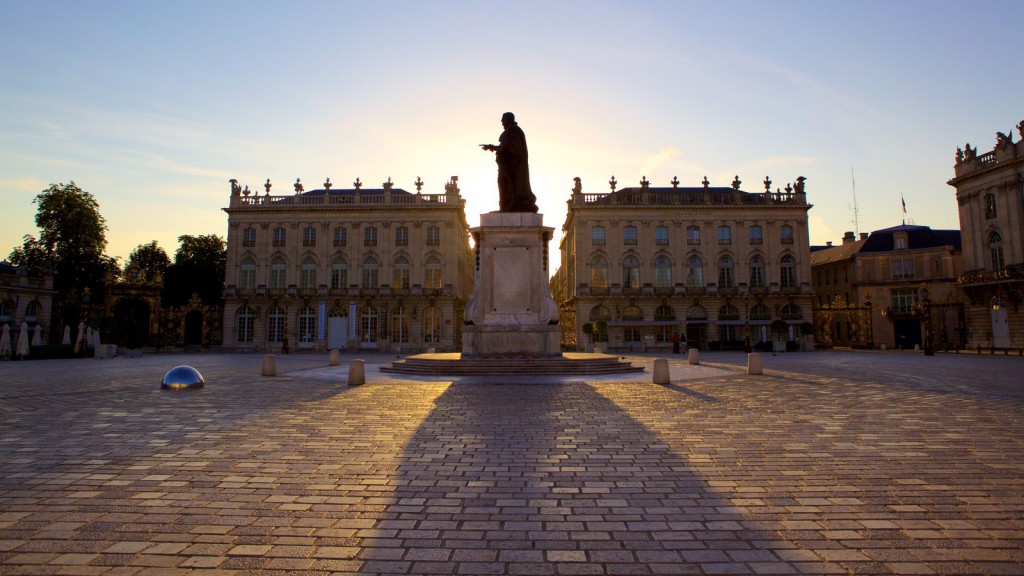
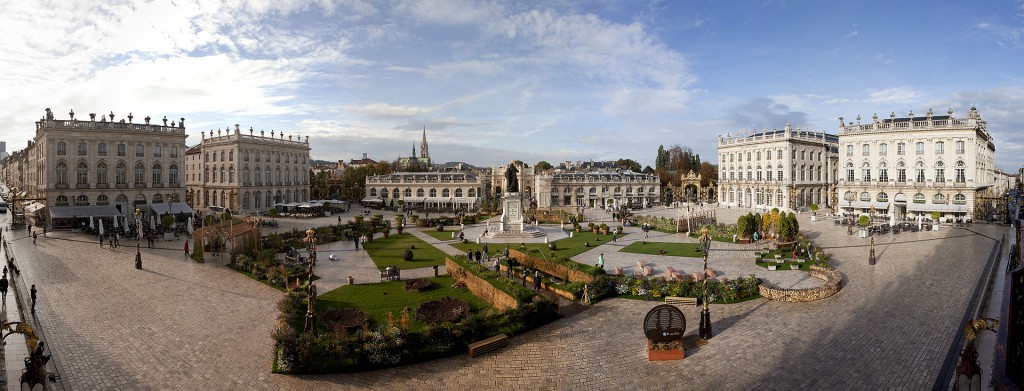
FROM:https://en.wikipedia.org/wiki/Place_Stanislas
FROM:Nancy France UNESCO World heritage site Place Stanislas & Saint-Nicolas fest Saint Nicholas Lorraine
Don’t you think it’s addictive?
Want to know more about the beauty of architecture?
Come and join our members to explore the beauty of architectural design.
覺得看得不過癮嗎?
想要知道更多建築之美嗎?
快來加入我們的會員,一同探索建築設計之美。
The above article is purely for appreciation and sharing purposes, as well as the construction of new technology and the public can be in-depth understanding of the information at the same time there are sources, will be able to query, no use of the document as a commercial transaction, if illegal, please inform the We will immediately remove the site, thank you for cooperation.
以上文章純粹作為欣賞及分享用途,以及將建築新型技術傳遞給與大眾能夠深入了解,同時資料還有來源,將可查詢,絕無使用該文件資料作為商業交易行為,如有違法請務必告知該網站我們將立即處理撤除,謝謝合作。

